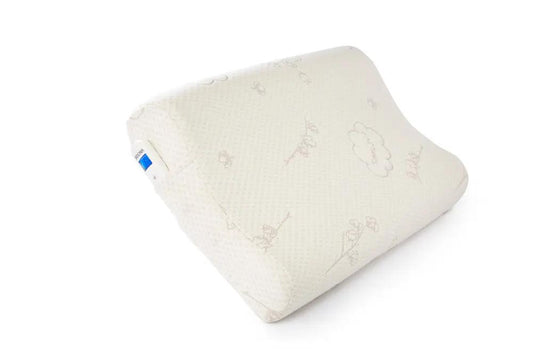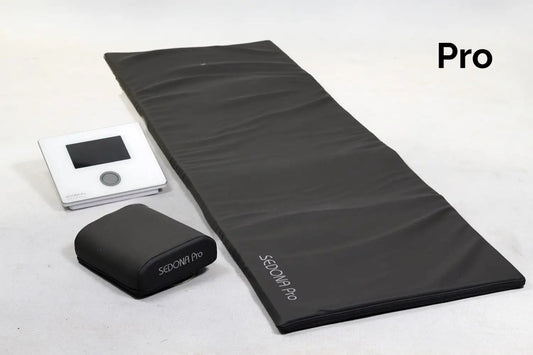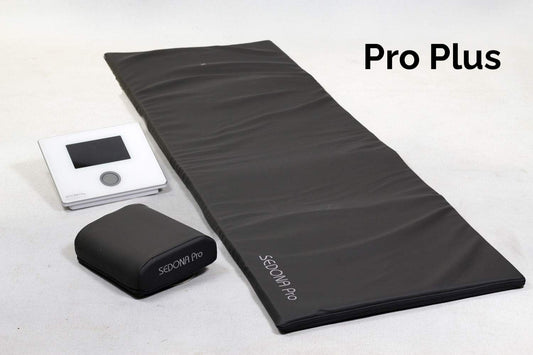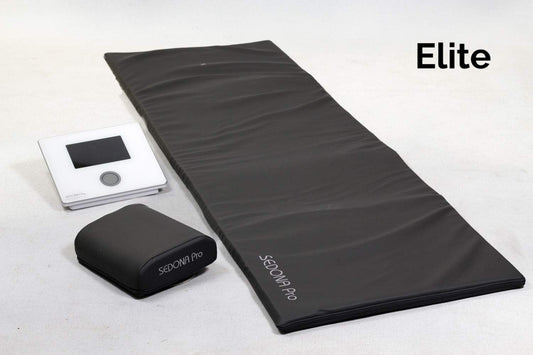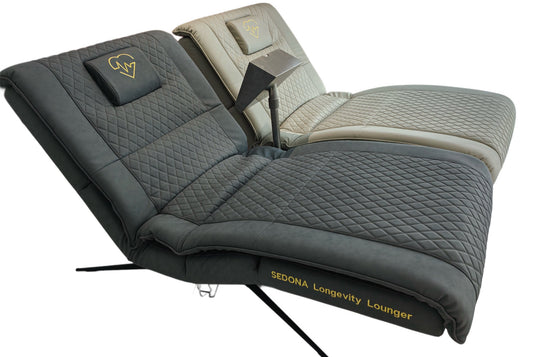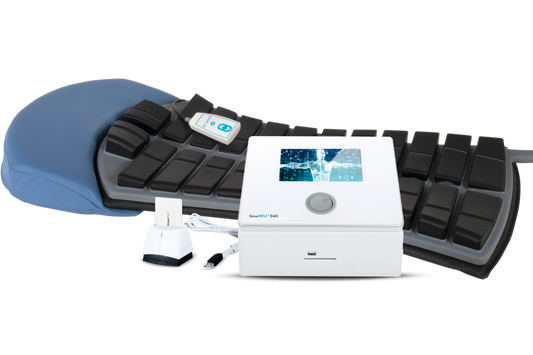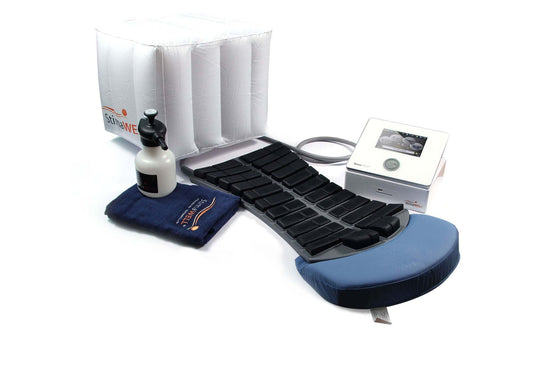
PEMF THERAPY FOR MULTIPLE SCLEROSIS
PEMF (Pulsed Electromagnetic Field) therapy offers a promising, non-invasive approach to managing symptoms of Multiple Sclerosis (MS), a chronic autoimmune disease that affects the central nervous system, leading to a wide range of symptoms including fatigue, mobility issues, pain, and cognitive changes. By using a PEMF mat, you can tap into the benefits of electromagnetic therapy to potentially alleviate these symptoms and enhance overall well-being. Here’s an in-depth exploration of how PEMF therapy can aid in managing Multiple Sclerosis and why investing in a PEMF mat could be beneficial.
Understanding Multiple Sclerosis and PEMF Therapy
Multiple Sclerosis involves an immune-mediated process where the body’s immune system attacks the myelin sheath that covers nerve fibers, causing communication problems between the brain and the rest of the body. PEMF therapy can play a role in managing MS by influencing electrical changes in nerve cells, promoting healing, and reducing inflammation.
How PEMF Therapy Helps with Multiple Sclerosis
Reduction of Inflammation:
Inflammation is a significant factor in the progression and symptom severity of MS. PEMF therapy helps reduce inflammation by modulating the activity of the cells involved in the inflammatory response. This can lead to a reduction in pain and stiffness, and a decrease in new inflammatory lesions in the nervous system.
Enhancement of Nerve Repair:
PEMF therapy has been shown to promote nerve regeneration and myelin repair, which is critical in conditions like MS where demyelination occurs. The electromagnetic fields can stimulate the production of growth factors and enhance the repair process of damaged nerve cells.
Improvement in Circulation:
Enhanced blood flow ensures better oxygen and nutrient delivery to all body parts, including the nervous system. For MS patients, improved circulation can help reduce fatigue and support the function of damaged nerves.
Pain and Spasticity Management:
Many MS patients struggle with chronic pain and muscle spasticity. PEMF therapy can relieve these symptoms by relaxing muscle tension and interrupting pain signals to the brain, providing a non-pharmacological pain relief option.
Boosting Energy and Mood:
Fatigue and mood disorders are common in MS. PEMF therapy can influence cellular energy production, enhancing overall energy levels, while also helping to stabilize mood and alleviate depressive symptoms.
PEMF MAT BENEFITS FOR MULTIPLE SCLEROSIS
Our PEMF mat is designed to provide comprehensive benefits for MS management:
Targeted and Whole-Body Treatment:
The mat's broad coverage ensures that it can effectively treat widespread symptoms associated with MS, providing relief and therapeutic benefits to the entire body.
Customizable Settings:
MS symptoms and their intensities can vary greatly among individuals. Our PEMF mat offers adjustable settings for intensity and frequency, allowing for personalized treatment tailored to specific needs and symptoms.
Ease of Use:
Designed for home use, our PEMF mat is user-friendly, allowing individuals with MS to manage their therapy sessions comfortably at home without frequent trips to medical facilities.
Safety and Comfort:
Built with high-quality materials, our mat is safe and comfortable for regular use, even for those with mobility issues, ensuring a user-friendly experience.
CONCLUSION
Integrating a PEMF mat into the management plan for Multiple Sclerosis can significantly improve quality of life by alleviating pain, reducing inflammation, and enhancing nerve function. This treatment offers a drug-free, non-invasive alternative to traditional symptom management strategies.
Take control of your MS management with the innovative approach of PEMF therapy. Enhance your neurological health and daily functioning with our PEMF mat.
RECOMMENDED PROGRAMS
If you already own one of our PEMF Mats we recommend these programs for Multiple Sclerisis:
-
SEDONA PRO/PRO PLUS PEMF MAT
Relax: 1, 2, 3, 4
Wellness: 4
Sport: 1, 2, 3, 4, 5, 10
-
SEDONA ELITE PEMF MAT
Wellness: 1, 2, 3
Longevity: 1, 2
STUDIES
-
Read Study
PubMed - Effects of a pulsed electromagnetic therapy on multiple sclerosis fatigue and quality of life: a double-blind, placebo controlled trial.
-
Read Study
PubMed - Effects of pulsed electromagnetic field therapy on fatigue, walking performance, depression, and quality of life in adults with multiple sclerosis: a randomized placebo-controlled trial.
SEDONA WELLNESS PRODUCTS
-
SEDONA PEMF FACEMASK
Vendor:Sedona WellnessRegular price $390.00 USDRegular priceUnit price / per -
TIMMYZZZ PEMF PILLOW
Vendor:Sedona WellnessRegular price $390.00 USDRegular priceUnit price / per -
SEDONA PRO PEMF MAT
Vendor:Sedona WellnessRegular price From $5,900.00 USDRegular priceUnit price / per -
SEDONA PRO PLUS PEMF MAT
Vendor:Sedona WellnessRegular price From $6,900.00 USDRegular priceUnit price / per -
SEDONA ELITE PEMF MAT
Vendor:Sedona WellnessRegular price From $7,900.00 USDRegular priceUnit price / per -
SEDONA PEMF CHAIR
Vendor:Sedona WellnessRegular price From $14,900.00 USDRegular priceUnit price / per -
STIMAWELL EMS BACK MAT
Vendor:Sedona WellnessRegular price $16,900.00 USDRegular priceUnit price / per -
LONGEVITY LOUNGER PEMF BED
Vendor:Sedona WellnessRegular price From $21,900.00 USDRegular priceUnit price / per




